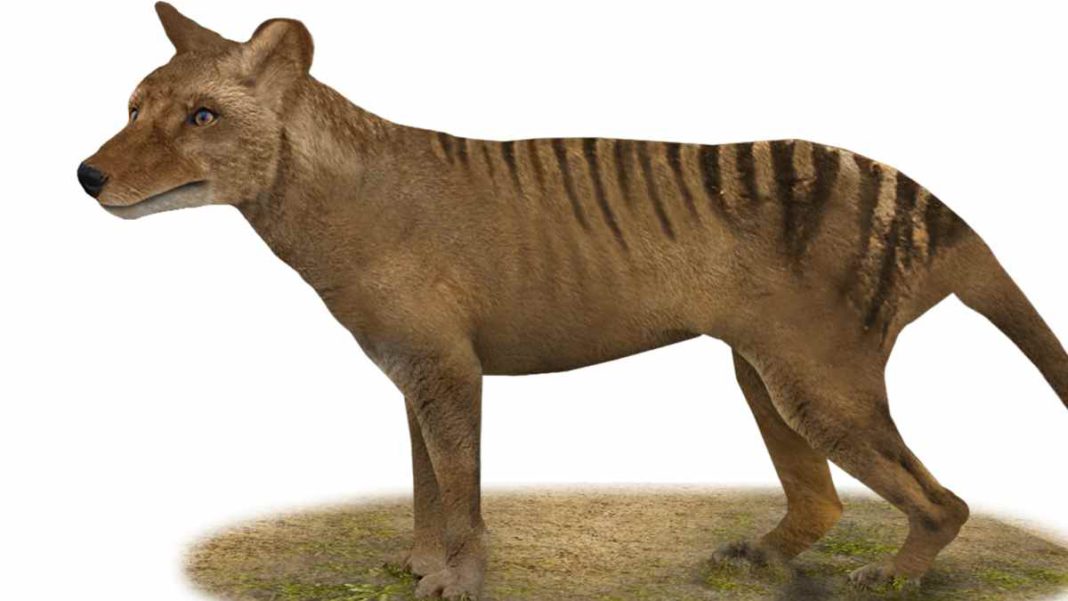SWEDEN: Researchers have achieved the unprecedented feat of extracting Ribonucleic Acid (RNA) from the preserved remains of an extinct Tasmanian tiger, also known as the thylacine. This remarkable achievement not only opens new doors for our understanding of extinct species but also holds the potential to reshape our comprehension of ancient ecosystems and past pandemics.
The Tasmanian tiger, a carnivorous marsupial resembling a wolf with striking tiger-like stripes on its back, once prowled the vast landscapes of the Australian continent and neighbouring islands. As an apex predator, it hunted kangaroos and various other prey species. However, due to human activities and habitat destruction, this unique creature is now extinct.
RNA, a molecule closely related to Deoxyribonucleic Acid (DNA), serves as a carrier of genetic information and plays a pivotal role in protein synthesis. While DNA contains an organism’s genetic blueprint, RNA deciphers this code and facilitates the production of proteins required for an organism’s survival while also regulating cellular processes.
Leading this groundbreaking research is Emilio Mármol Sánchez, a distinguished geneticist and bioinformatician at the Centre for Palaeogenetics and SciLifeLab in Sweden. He emphasized the profound significance of this achievement, stating that “Before Tasmanian tigers went extinct, their cells and tissues underwent complex biological and metabolic processes that can be seen in part thanks to RNA sequencing.”
Published in the prestigious journal *Genome Research*, this research raises intriguing questions about the resilience of RNA under various conditions. The specimens of Tasmanian tigers were found in a state of semi-mummification, preserving their skin, muscles, and bones remarkably well despite the loss of internal organs. This discovery sparks curiosity about the potential for extracting genetic material from other long-extinct species.
The tragic story of the thylacine’s decline is a poignant reminder of human-driven extinction. The arrival of humans in Australia around 50,000 years ago initiated a decline in thylacine populations, and the arrival of European colonizers in the 18th century sealed the fate of those remaining on the island of Tasmania. The last known Tasmanian tiger perished in captivity at a Tasmanian zoo in 1936.
While the idea of resurrecting extinct species through gene editing remains a topic of debate and scepticism, Emilio Mármol Sánchez advocates for further research into the biology of extinct animals. The successful extraction of RNA from an extinct Tasmanian tiger represents a momentous leap forward in our knowledge of long-lost species, shedding light on the causes of historical pandemics and enhancing our understanding of evolutionary biology.
Also Read: Scientists Successfully Grow Human-like Kidneys in Pigs



